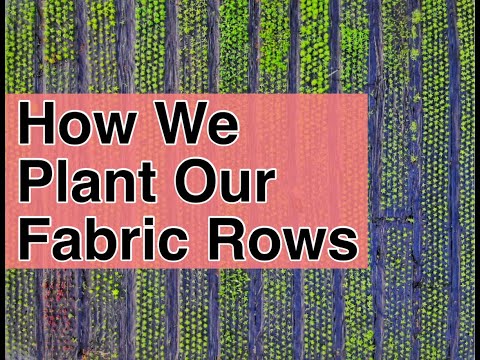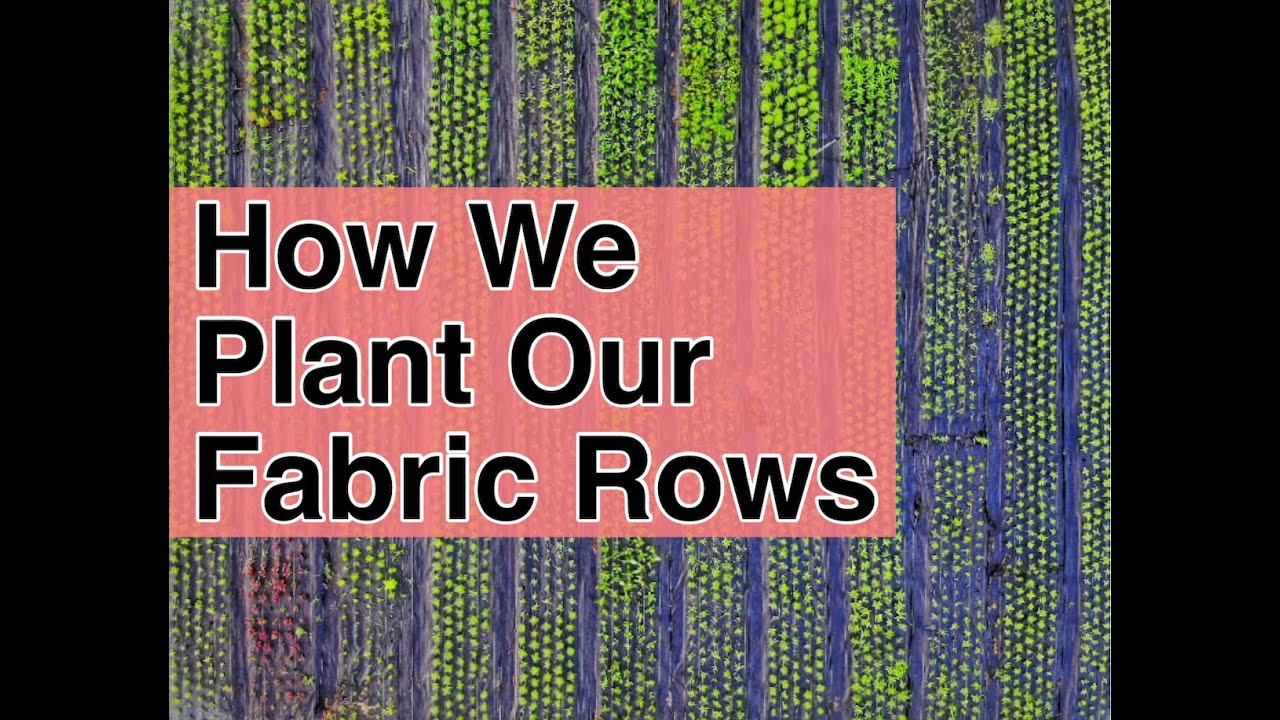Welcome to our farm fabric collection, where nature meets creativity! Our farm fabric embodies the essence of rustic charm and rural elegance. Immerse yourself in the rich textures and stunning patterns inspired by the picturesque landscapes of the countryside.
Indulge in the warmth and comfort of our farm fabric, meticulously crafted to bring the essence of farm life into your home. Whether you’re looking to create a cozy retreat in your living room or add a touch of countryside charm to your bedroom, our collection offers a wide range of options to suit your style and preferences.
Experience the beauty of nature through our farm fabric, as each intricate design tells a unique story. From whimsical farm animals to vibrant fields of blooming flowers, our fabrics capture the essence of rural life and bring it to life within your living spaces.
Elevate your interior decor with our versatile farm fabric, perfect for curtains, upholstery, cushions, and more. The durability and high-quality craftsmanship ensure that your chosen fabric will withstand the test of time, adding a touch of timeless elegance to your home.
Explore our farm fabric collection and let your imagination run wild as you transform your living spaces into a tranquil haven that celebrates the beauty of the countryside. Discover the joys of rural living with our exquisite farm fabric that seamlessly blends nature and creativity.

The Importance of Farm Fabric in Agricultural Practices
Farm fabric plays a crucial role in modern agricultural practices, providing numerous benefits to farmers and their crops. This specialized fabric, typically made of synthetic materials, has revolutionized the way farmers protect their crops and improve their yields. In this article, we will explore the various uses and advantages of farm fabric in the realm of agriculture.
1. Protecting Crops from Harsh Weather Conditions
One of the primary uses of farm fabric is to shield crops from harsh weather conditions such as extreme temperatures, heavy rain, and strong winds. By covering crops with farm fabric, farmers can create a microclimate that helps maintain optimal growing conditions, resulting in healthier plants and increased yields. The fabric acts as a barrier against excessive heat or cold, preventing damage to delicate crops.
Furthermore, farm fabric also acts as a protective shield against heavy rain, preventing soil erosion and waterlogging. It allows rainwater to penetrate while ensuring excess water drains away, preventing the roots from becoming waterlogged and rotting. This protection enables the crops to thrive even during torrential downpours, minimizing the risk of crop loss.
2. Controlling Pest and Weed Infestations
Pests and weeds pose significant threats to crop health, often leading to substantial yield losses. Farm fabric acts as an effective deterrent against these nuisances. By covering crops with fabric, farmers can prevent pests from accessing the plants, reducing the need for chemical pesticides. The fabric acts as a physical barrier, preventing insects and pests from reaching the crops, and thus decreasing the risk of infestation.
In addition, farm fabric also prevents weed growth by blocking sunlight, which is essential for weed germination. The fabric acts as a weed barrier, suppressing weed growth and minimizing competition for water, nutrients, and sunlight. This helps crops flourish without the need for excessive manual weeding or herbicides, resulting in cost savings and a healthier farming environment.
3. Enhancing Crop Growth and Development
Farm fabric can significantly enhance crop growth and development by creating an optimal growing environment. The fabric can be used to create row covers, tunnels, or greenhouses, allowing farmers to control various environmental factors such as temperature, humidity, and light intensity.
For instance, during colder seasons, row covers made of farm fabric can be placed over crops to provide insulation and increase the temperature around the plants. This protects the crops from frost damage and promotes early growth. Similarly, during hotter seasons, the fabric can be used to create shade structures that shield crops from excessive sunlight, preventing sunburn and reducing water evaporation.
4. Extending the Growing Season
Farm fabric also enables farmers to extend the growing season, allowing them to cultivate crops for a more extended period. By providing additional warmth and protection, fabric-covered structures such as high tunnels or greenhouses create a favorable environment for year-round farming.
These structures trap heat and create a microclimate that mimics the ideal conditions for plant growth. With the use of farm fabric, farmers can start planting earlier in the spring and continue harvesting well into the fall or even winter, maximizing their productivity and profitability.
5. Reducing Water Consumption
Another advantage of farm fabric is its ability to reduce water consumption in agricultural practices. By covering crops with fabric, farmers can minimize water evaporation from the soil surface, effectively conserving water resources. The fabric acts as a mulch, keeping the soil moist and reducing the need for frequent irrigation.
Additionally, the fabric also prevents weed growth, as mentioned earlier, reducing competition for water. This allows farmers to optimize water usage and ensure it is utilized solely by the crops. With water being a valuable and limited resource, the use of farm fabric aids in sustainable farming practices while minimizing water wastage.
In conclusion, farm fabric is a valuable tool that has revolutionized modern agricultural practices. Its ability to protect crops from harsh weather conditions, control pest and weed infestations, enhance crop growth, extend the growing season, and reduce water consumption make it an indispensable asset for farmers worldwide. By utilizing farm fabric, farmers can optimize their yields, minimize crop losses, and practice sustainable farming methods.
Planting Perfection: Unveiling PepperHarrow Farm’s Fabric Rows Approach
Video Source : PepperHarrow Flower Farm
Farm Fabric:
Farm Fabric
| Product | Description | Usage |
|---|---|---|
| Chicken Wire | A lightweight mesh wire made of galvanized steel | Used for securing poultry and small animals, fencing gardens, and protecting plants from pests |
| Burlap | A coarse, loosely woven fabric made from jute fibers | Commonly employed for sacks, erosion control, plant protection, and as a base for composting |
| Shade Cloth | A durable, breathable fabric with varying levels of light filtration | Essential for creating shade structures, protecting crops from excessive sunlight, and regulating temperature in greenhouses |
| Deer Netting | A lightweight net made from high-strength polypropylene | Used to prevent deer and other wildlife from damaging crops and gardens |
| Trellis Netting | A strong, elastic netting designed to support climbing plants | Perfect for training and guiding vines, vegetables, and fruits to optimize growth and yield |
As an expert in farm fabric, I can assure you that these products are indispensable for any successful farming operation. Chicken wire offers a reliable and versatile solution for protecting your valuable livestock and crops from potential threats. Meanwhile, burlap, with its natural and biodegradable properties, not only serves as durable packaging but also finds extensive use in various farming applications.
Shade cloth plays a crucial role in maintaining ideal growing conditions by shielding crops from excessive sunlight, reducing heat stress, and minimizing water loss through evaporation. Additionally, deer netting acts as an effective barrier against wildlife intrusion, preventing substantial losses to your harvest.
Lastly, trellis netting provides vital support for climbers, enabling plants to reach their full potential by optimizing sun exposure and improving air circulation. By utilizing these specialized fabrics, farmers can enhance productivity, protect their investments, and ensure sustainable agricultural practices.
So, whether you are a seasoned farmer or just getting started, incorporating farm fabric into your agricultural operations will undoubtedly yield fruitful results.

